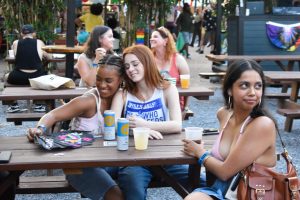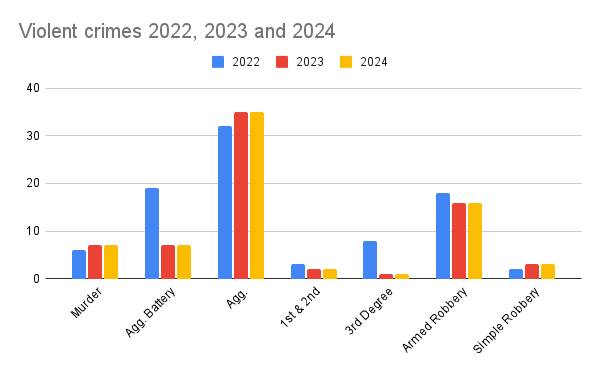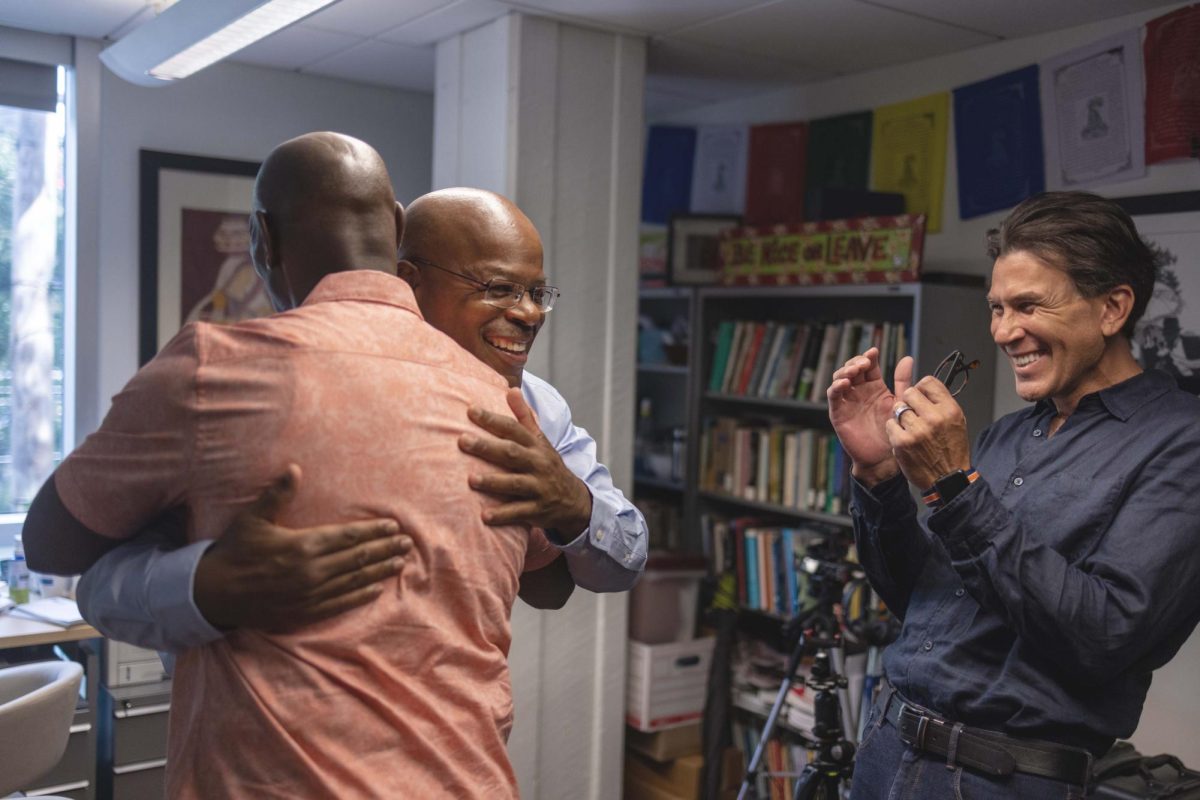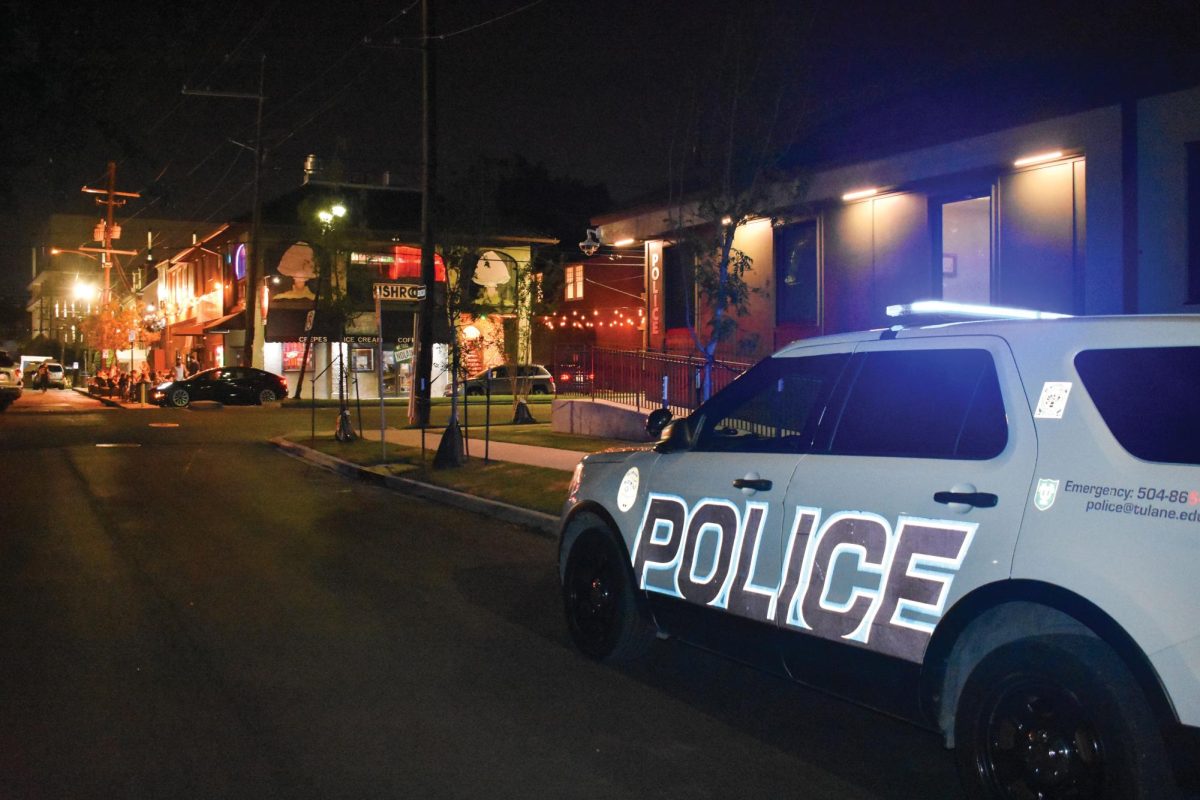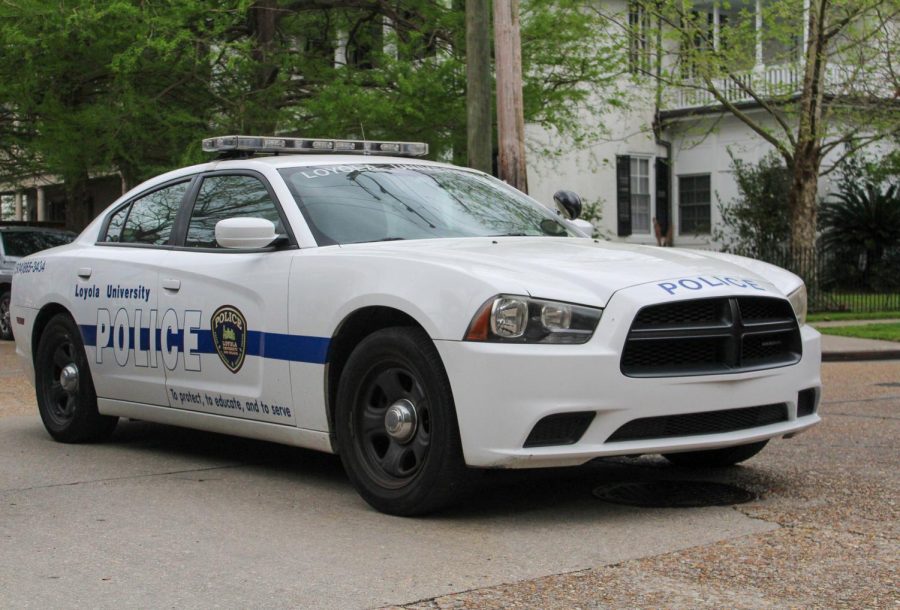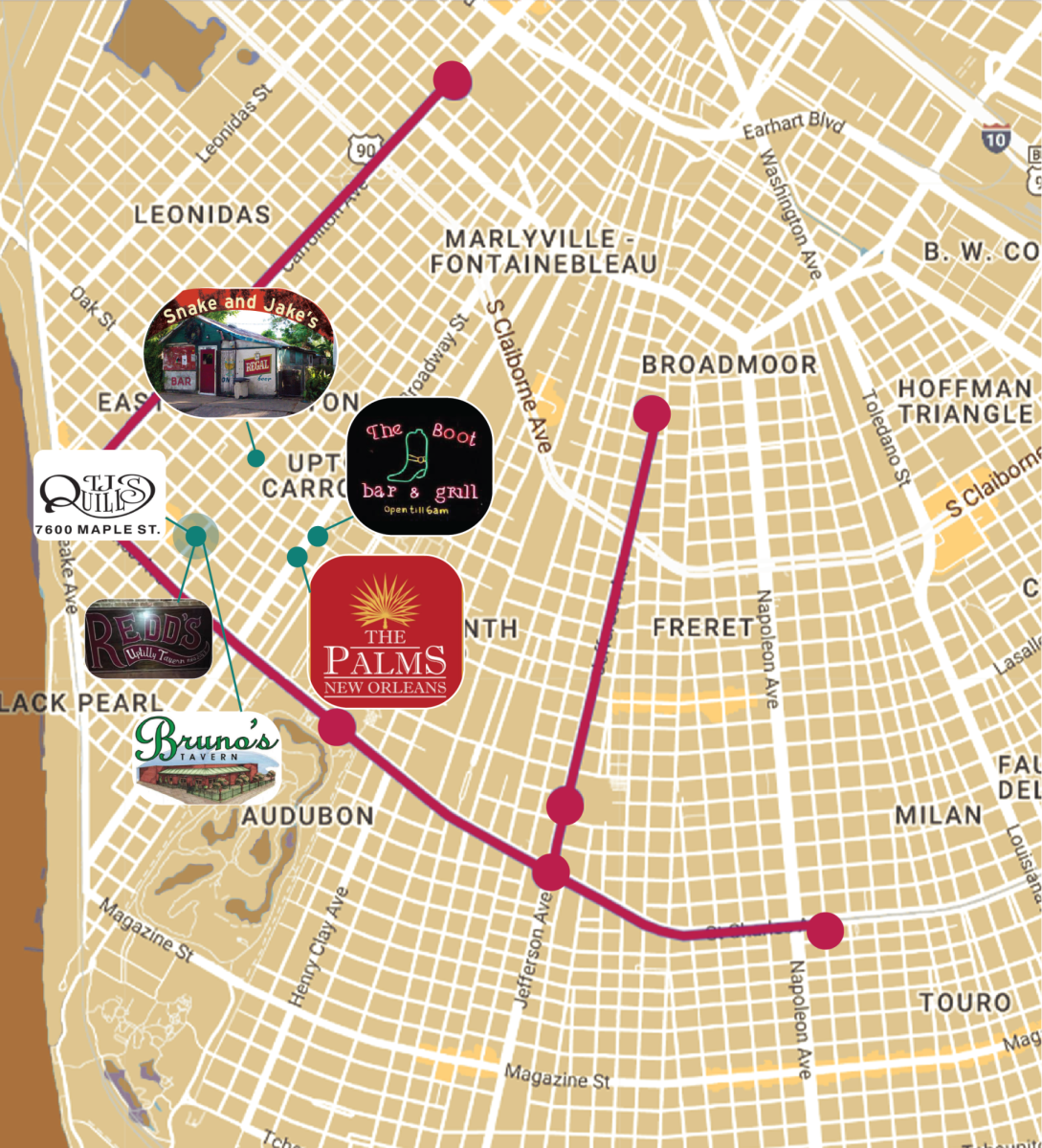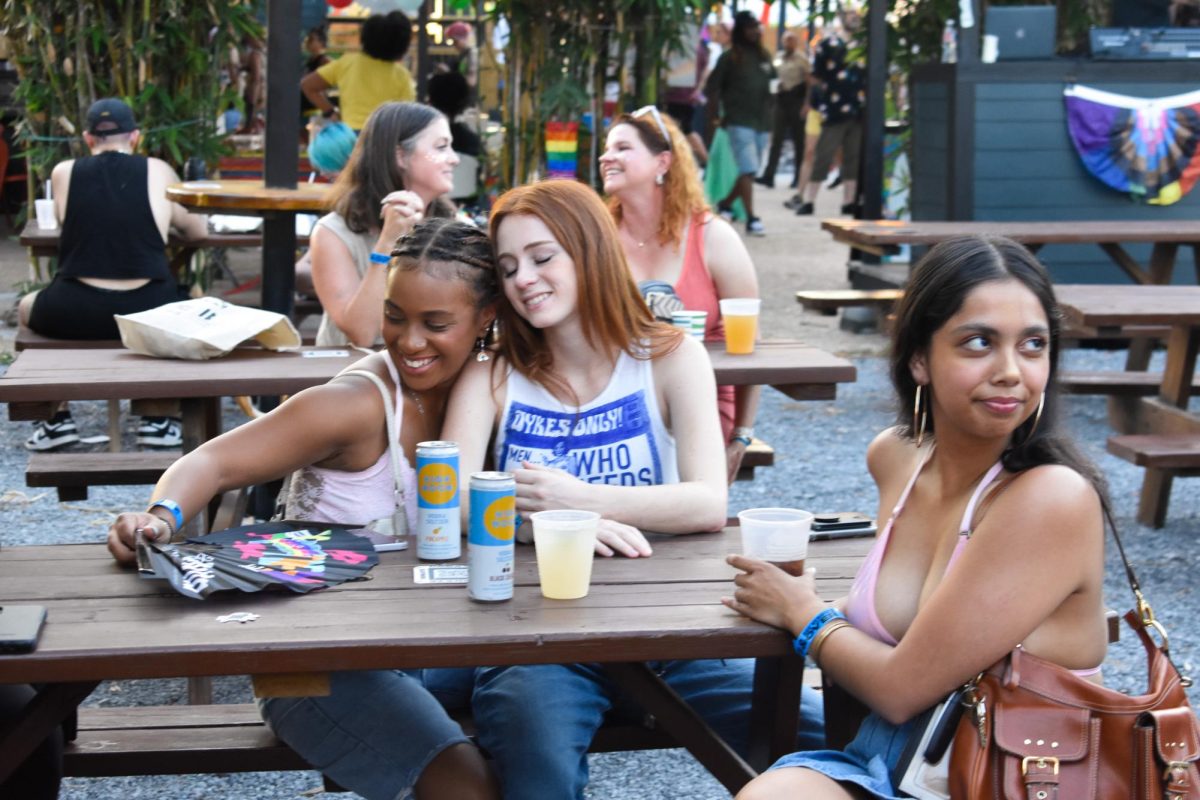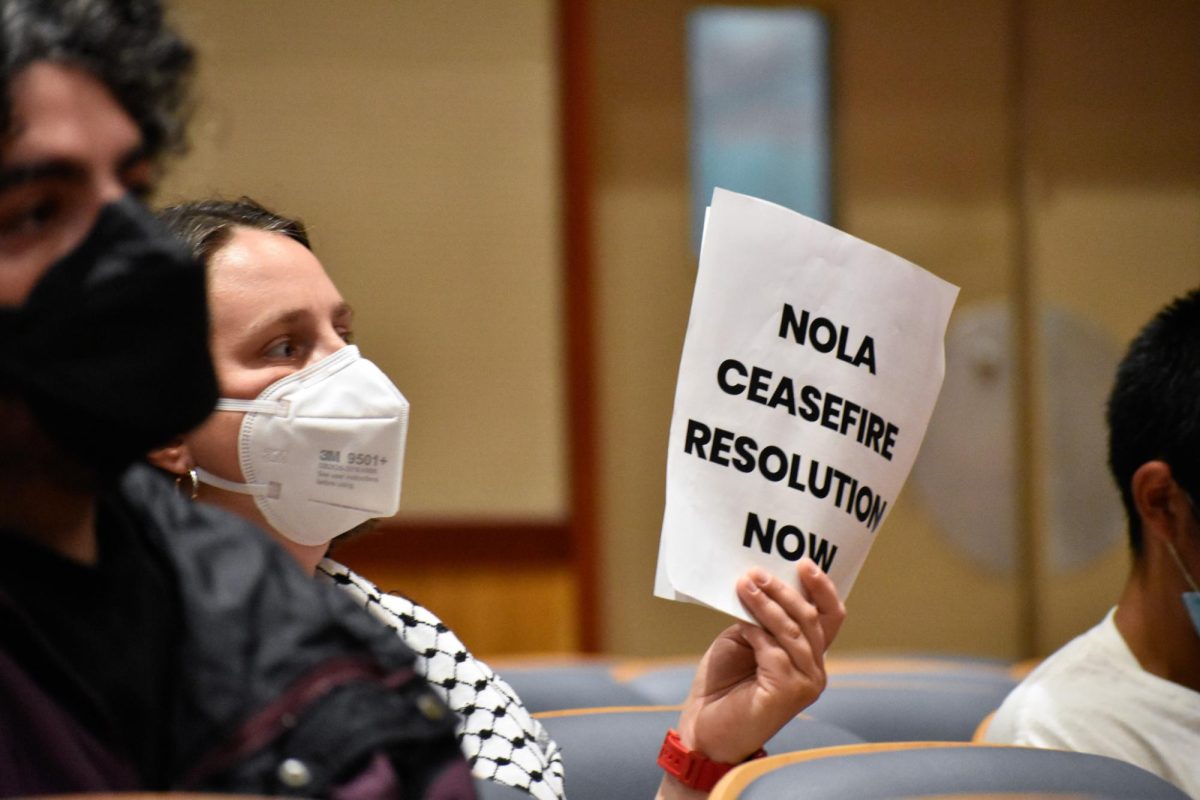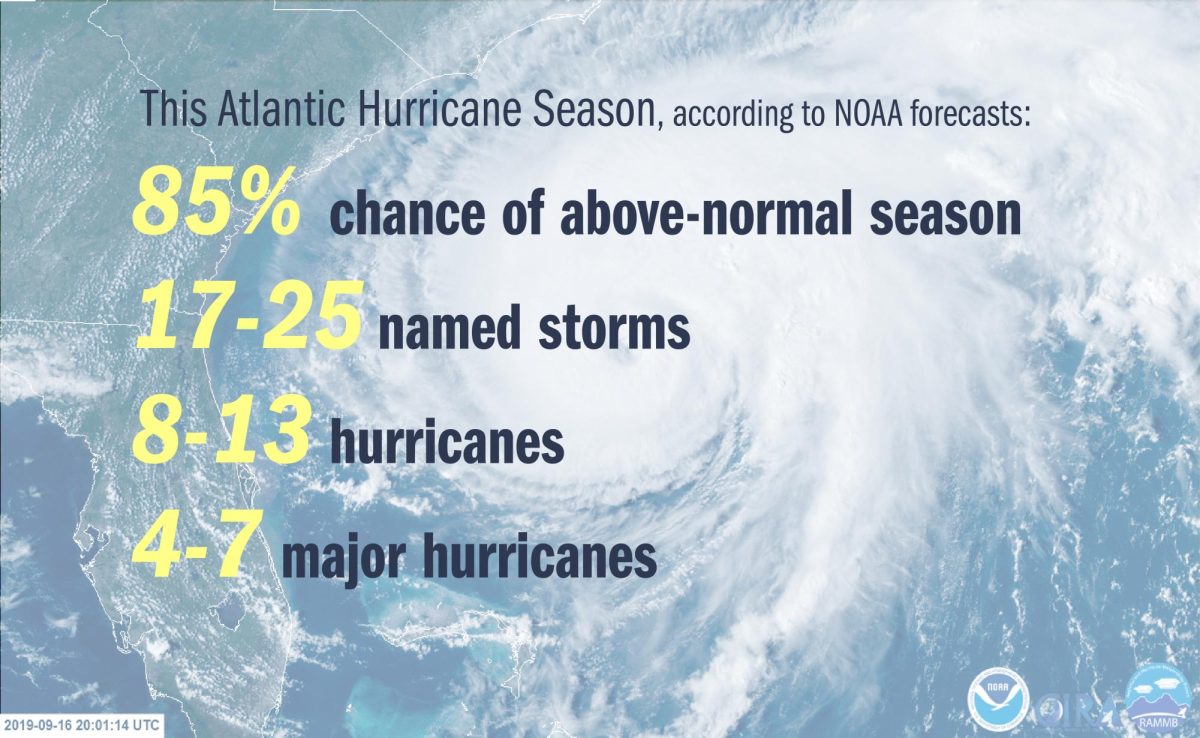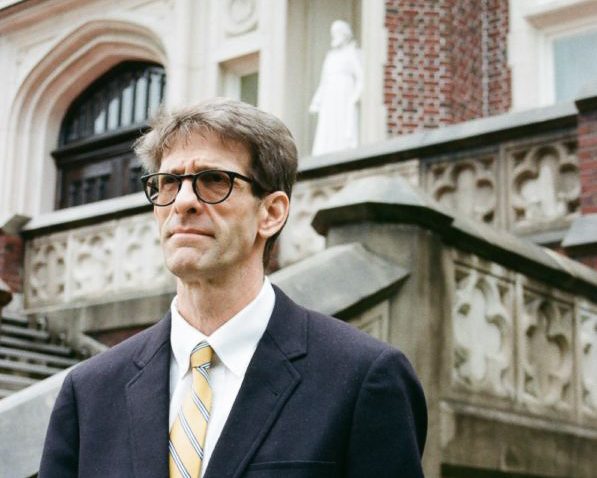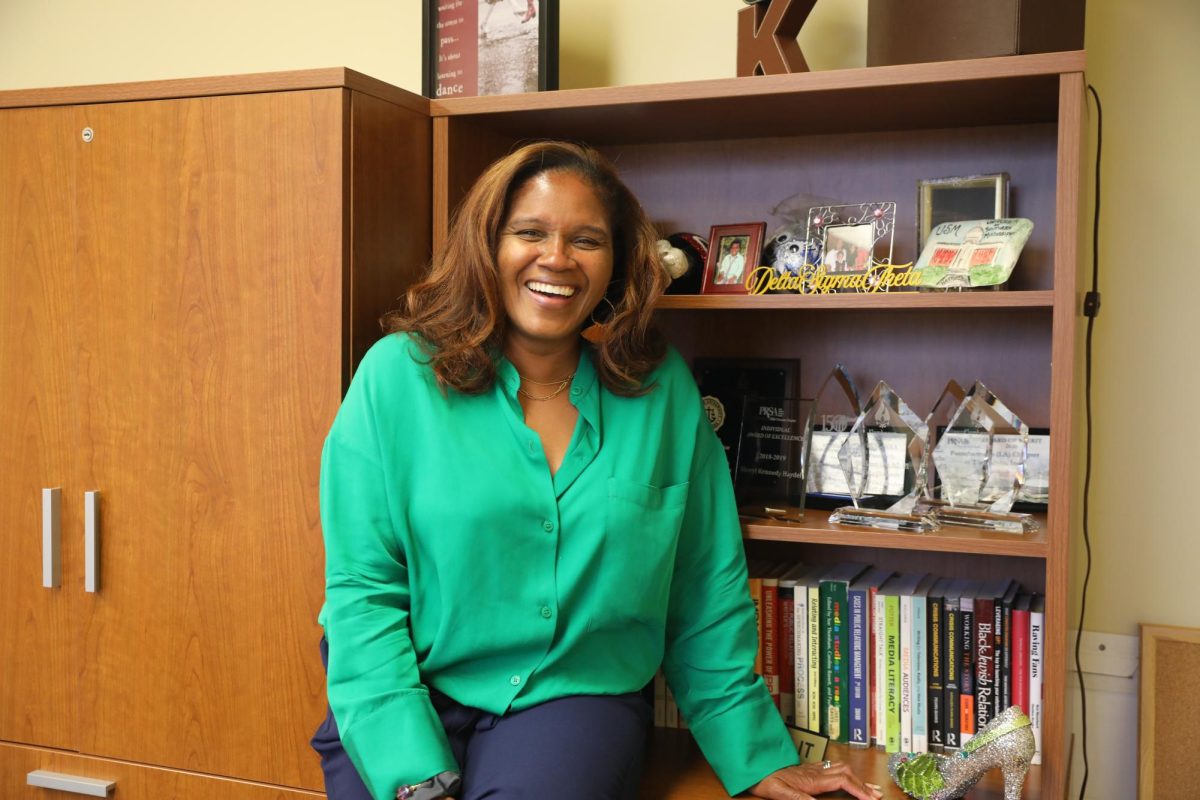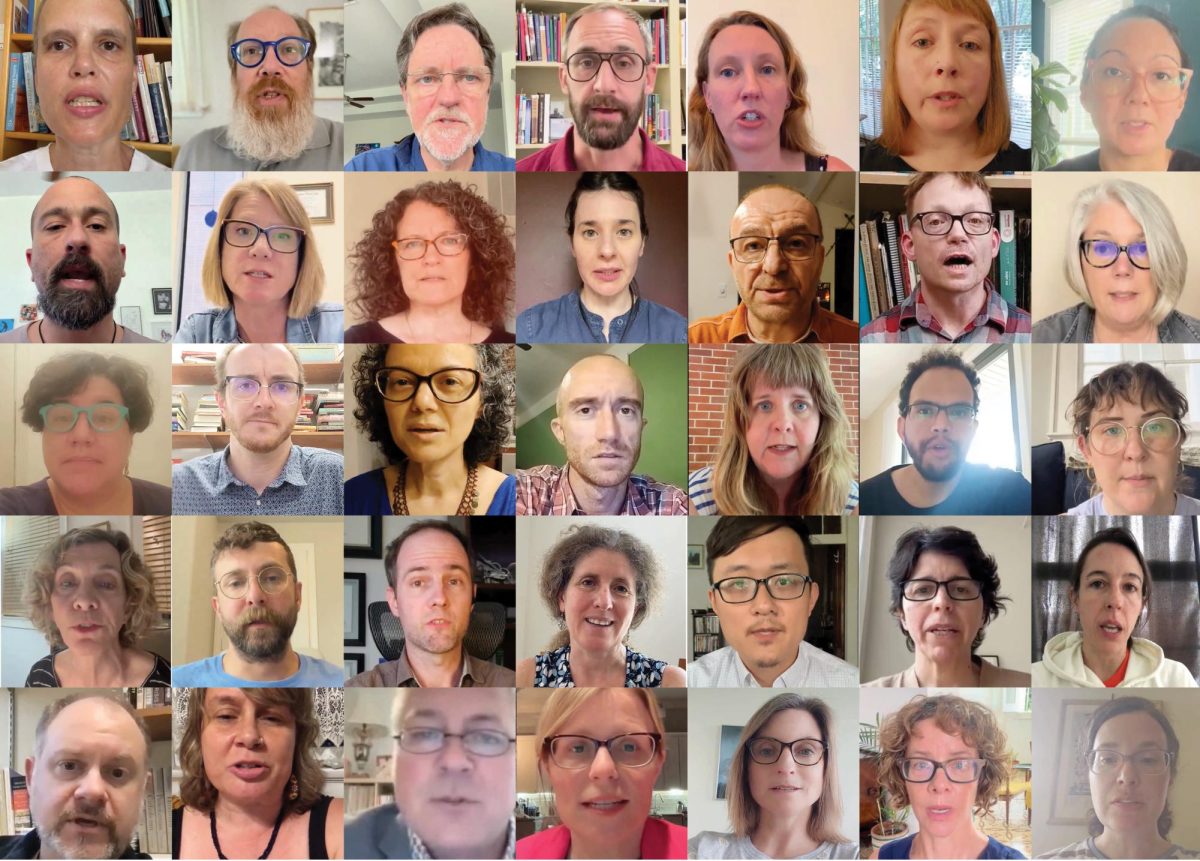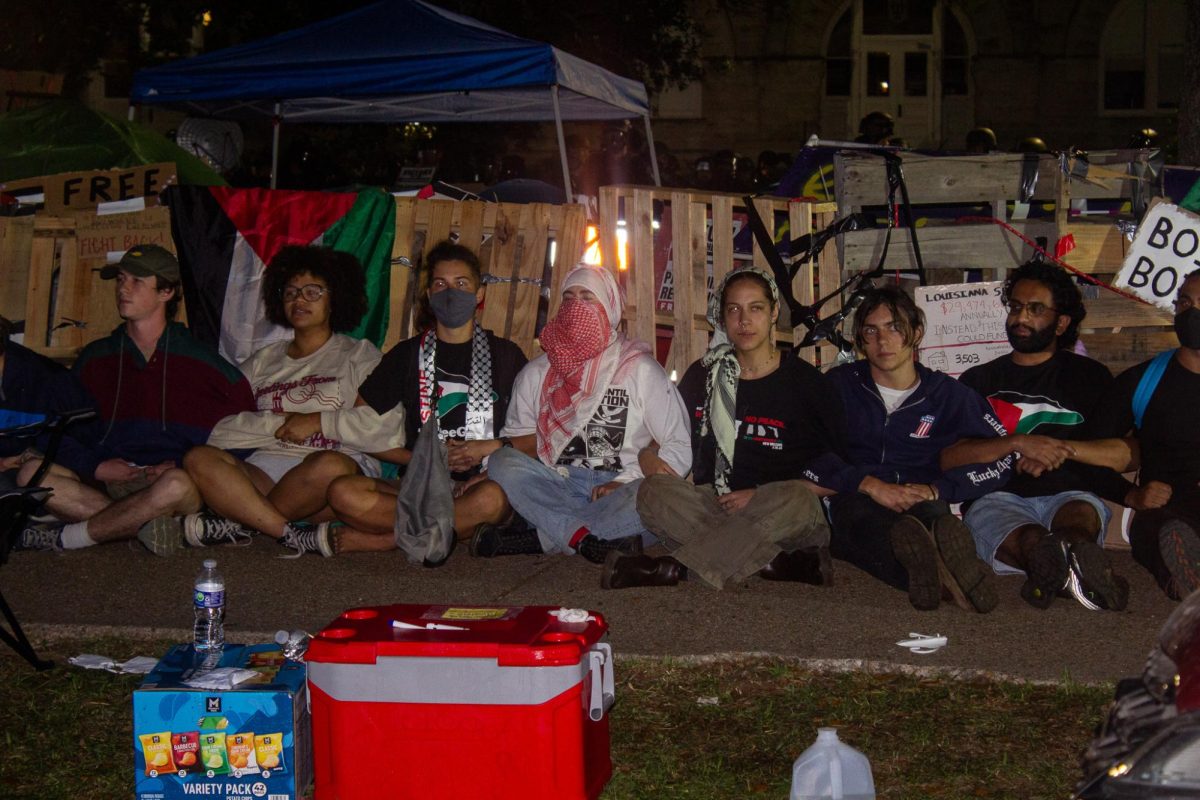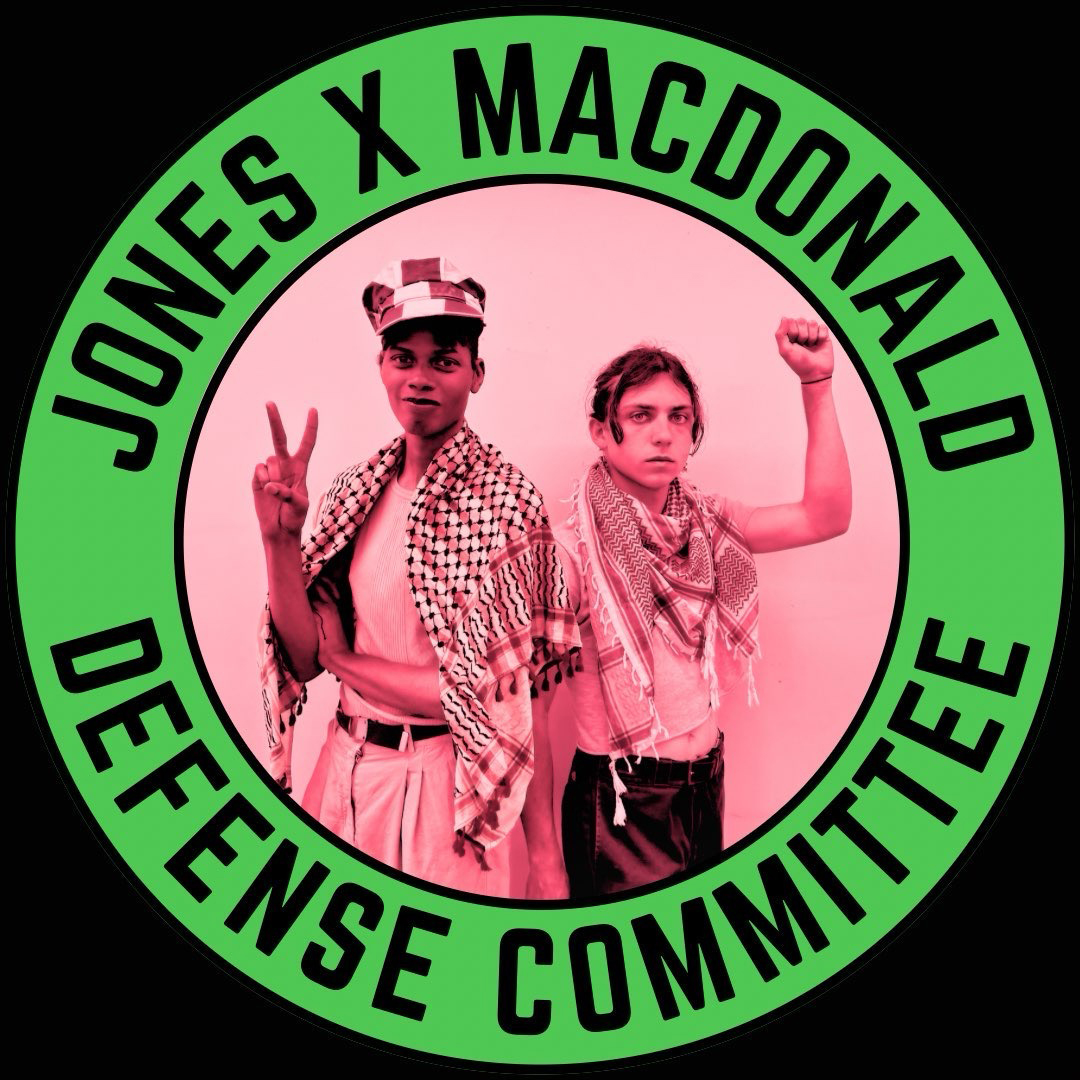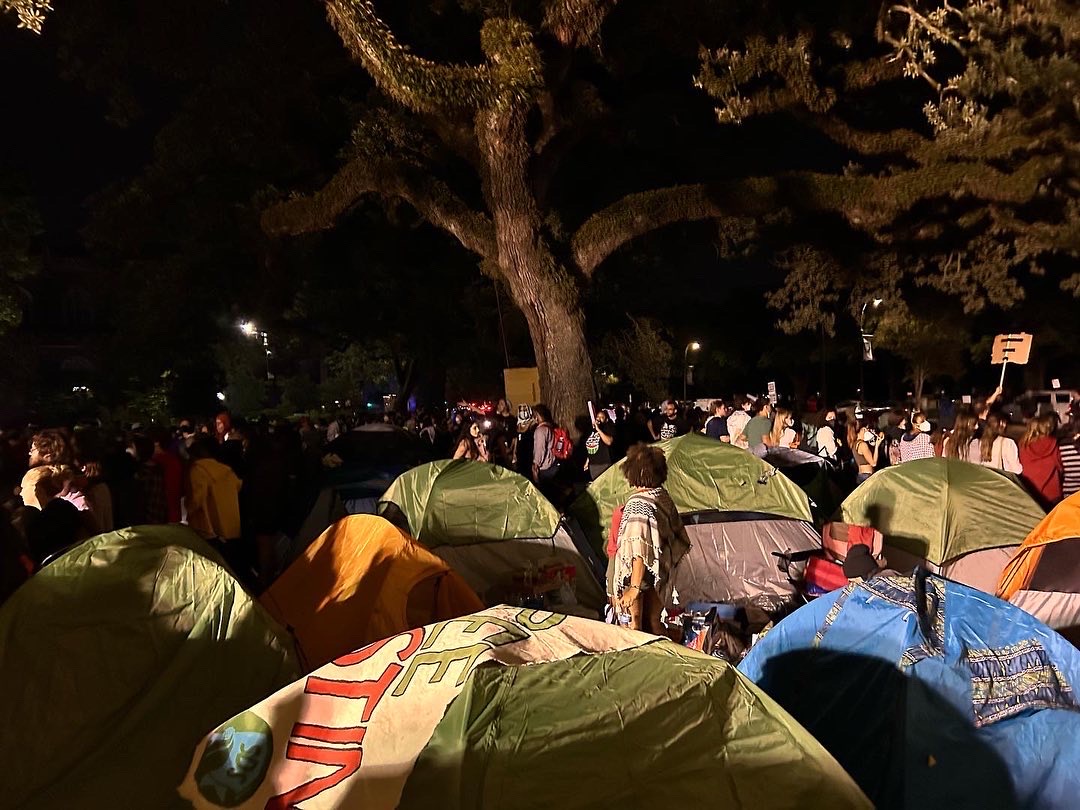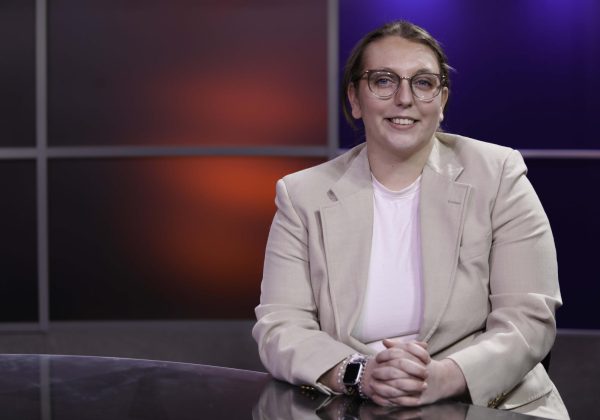Of the three cities psychology junior Zoe Marceaux has lived in, New Orleans has always felt unsafe, she said.
Marceaux isn’t the only one who feels unsafe. In 2022, 53% of people in the U.S. believed there was more local crime in their community and reported feeling unsafe, according to a 2022 Gallup poll.
According to Jeff Asher, a data analyst consultant based in New Orleans, crime is down all across the nation.
Since being named the “murder capital of the United States” in September of 2022, crime in New Orleans has decreased.
In 2022, homicides were up by 45% compared to 2021 and increased by 141% since 2019, according to the Metropolitan Crime Commission.
Violent crimes like murder and assault have gone down since 2022, according to New Orleans Police preliminary crime statistics. From April 2023 to April 2024, these crimes went down 4.5%.
Although crime has gone down, the feeling of safety is LUPD’s priority now, Lieutenant Patrick Martin said.
Students in Uptown said they expect Loyola and Tulane police departments to ensure their safety,
Martin said that the Uptown university area is one of the safest places in New Orleans because of Loyola and Tulane Police, Audubon Security, and New Orleans Police Department working together to ensure community safety.
According to Martin, that’s why they have programs like the blue lights.Martin said the blue lights aren’t frequently used but bring a necessary sense of safety on campus.
Martin said LUPD listens to students’ needs. When Loyola’s Student Government Association asked them to fix the blue lights on campus, LUPD was more than happy to make that happen, he said.
“It’s important to our student base, so we actually went out there and peeled them off the wall and looked at the inside,” Martin said
Rowan Sawyer, SGA’s Vice President elect, was one of the students that voiced their concerns about the blue lights not working. She said she worked hard with LUPD to build a map of each blue light on campus, logging down which ones worked and which ones didn’t.
Martin said that before the blue lights stopped working, they were hardly ever used by students for violent crimes. Instead, students would use them when they were locked out of their dorm building and needed help getting back in.
Sawyer agreed that while the blue lights weren’t used often, they made students feel protected.
“Even though [the blue lights] might not be used and people might kind of forget that they’re there, I think that it is like a safety feature that can be fallen back on,” she said. “And it’s not reliant on, like, if our phones are dead or not.”
Tulane also has blue lights on their campus. Domiguez said there are 84 blue lights spread across both their uptown and downtown campuses. He said while they are not used often, they are resources for the community to use if they don’t have their phones and need to talk to TUPD instantly.
“Blue light phones serve multiple purposes on our campus, but fostering a feeling of safety is their more important value,” he said. “These phones are checked weekly to ensure they are functioning properly and that our community can quickly communicate with our dispatch center when needed.”
Police say blue lights tie into a theory of policing they believe in called “community policing.”
Martin said it is LUPD and TUPD’s main job to build a sense of community to ensure students feel safe.
Martin and Tulane Chief of Police Anthony Dominguez said it is important to both of their teams to build a relationship with students in order to establish their safety.
“[We] want to humanize ourselves so it’s not just a uniform that people see, it’s somebody that they can approach,” Martin said.
Martin said the most important aspect of community policing isn’t just for police officers to write tickets and arrest people, it’s about building a connection with the students. It’s important to make the students feel safe especially when crime is down, Martin and Domiguez said.
“The money that we get from Loyola University, we want to make sure it’s going into things that are going to be utilized, things that will benefit the community,” Martin said.
Asher said criminologists don’t know why murder has gone down, and said it probably had something to do with the COVID-19 pandemic and losing important government programs that helped keep violent crime down.
“We saw the types of programs that we would expect to have an impact on violence totals started to be active again, in ways that they weren’t in the midst of the pandemic,” Asher said.
But Jeff Asher said, in the end, nobody really knows why crime went up during the pandemic or why it’s back down.
Even still, for students like Marceaux, vigilance is the best policy, even if the city is safer than it might feel.
“I think the blue light system and counselor on call does make me feel definitely safer than I would feel,” she said.




